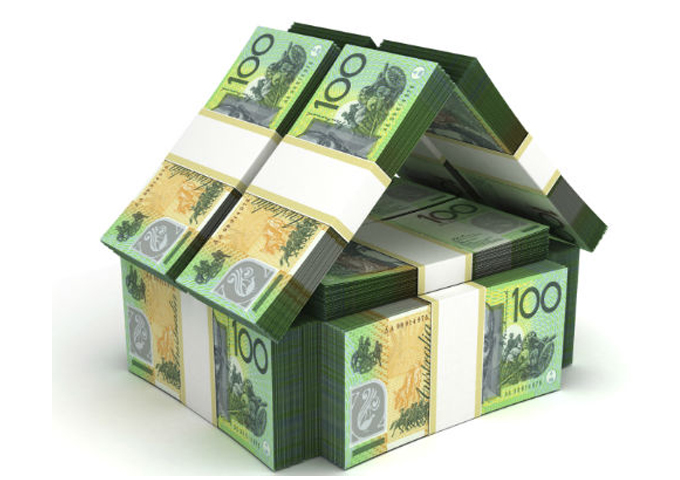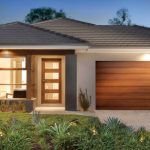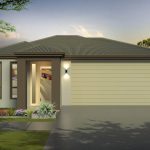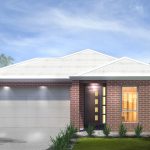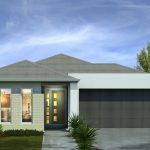City and coastal living costing Aussies more
New research from Domain has found Australia’s land prices surged over the last few years despite lot sizes shrinking.
Domain chief of research and economics, Dr Nicola Powell, suggested that “escalating price per [square metre] costs reflect our housing preferences of living close to a city or the coast in search of a certain lifestyle, location, and proximity to amenities and infrastructure, especially in our major cities.”
Her comments come as Domain’s unique housing affordability report found the average Australian land lot shrank 13 per cent in the last decade, while population growth, urban density increases, and income growth sent prices in the opposite direction.
Sydney ranks as the most expensive city when it comes to purchasing land, with the disparity between it and other Australian cities increasing over the last 10 years.
The report revealed that in 2012, land in Sydney cost 19 per cent more than Melbourne and 110 per cent more than Australia’s then-most affordable city, Hobart.
Fast forward to the most recent data, and land in the NSW capital is 36 per cent more expensive than Melbourne and 234 per cent higher than Darwin, currently the nation’s most affordable land purchasing market.
On average, buyers in the Northern Territory capital can expect to fork out $737 per square metre for land, compared to the $2,466 price demanded in Sydney. Darwin also boasts the largest median land size (806 square metres) compared to Perth’s 503 square metres, the smallest across the country.
Last year, all 10 of Australia’s most expensive per square metre markets were in Sydney and ranged from Paddington in the city’s Eastern Suburbs, where a $3.1 million home on a 125-square-metre block equated to a cost per square metre of $25,755, through to Queens Park, where that figure drops to $17,655 per square metre.
Paddington’s prices nearly double the second most expensive Australian market, Melbourne’s Albert Park, which possesses a price per square metre of $13,915.
Despite Australia’s larger capital cities — Sydney, Melbourne, Brisbane, Perth, and Adelaide — experiencing a decrease in average block size over the past decade, the country still boasts “some of the largest and least densely populated cities in the world.”
Ms Powell noted that “shrinking block sizes should help to slow the growth in house prices, as the cost of land is the major component in a purchase.”
“However, per square metre, the land cost has not reduced; buyers are just purchasing less of it. As a result, areas with the largest decreases in block size have had growth in price per square metre outpace house price growth at a faster rate, meaning that the true cost to buyers is growing faster than the median house price alone suggests.”
Even as cities like Sydney scramble to squeeze more houses into less space, Ms Powell warned that development in many cities’ lags behind the influx of new residents.
“Policy change, land release, and property tax reform is needed to see a drastic change in price per square metre affordability to improve,” she said, explaining that “the city fringes offer a much cheaper price per square metre.”
This is ratified by the report, which cited how suburbs within 20 kilometres of Sydney’s CBD such as Chester Hill, Guildford, and Sefton, boast an average price per square metre of $1,800, while this figure shrinks to $1,300 in areas like Mount Druitt, 38 kilometres from the city’s core.
Similarly, Melbourne’s most affordable options lie in the city’s west suburbs, 13 kilometres from the city’s centre, such as Brooklyn and Sunshine North, where land prices per square metre rest below the city average of $1,811.
Dr Powell added that “these outer areas will become more attractive due to the potential for lower workplace commute times,” especially as jobs shift to commercial hubs such as Parramatta and Macquarie Park in Sydney.
“Having multi-region cities will help distribute wealth across a larger area and provide equal access to education, healthcare, and employment opportunities.”
“This will also help spread the cost per square metre to be less heavily centred towards our CBDs,” she added.
SOURCE: Smart Property Investment By Kyle Robbins 11/2/23

